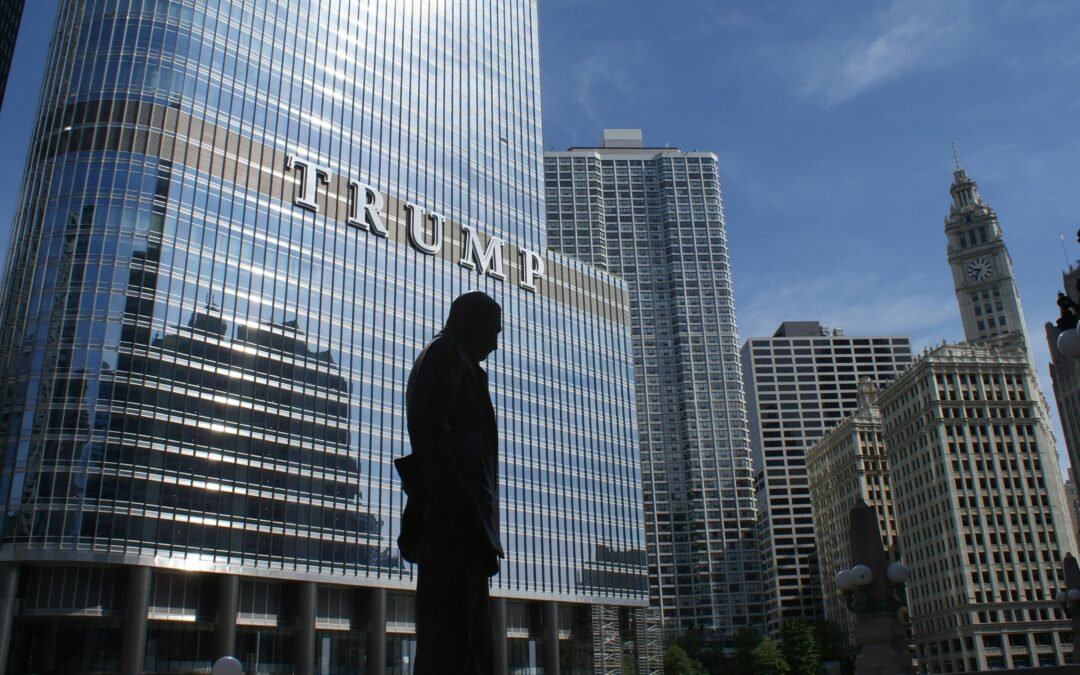In the context of global geopolitics, the dynamics of U.S. foreign policy are continuously evolving, particularly under the leadership of President Trump. Kathryn Paik, Deputy Director and Senior Fellow at the Australia Chair has provided insights into the early repercussions of this policy shift, specifically concerning the Indo-Pacific region and the U.S.-Japan alliance.
Before the U.S. elections, the Geopolitics Department published an analysis focused on the Trump administration’s likely impact on international relations. Following the inauguration, President Trump enacted several executive orders that drew mixed reactions from around the world. While certain actions, such as withdrawing from the Paris Agreement, were anticipated, others—like the dismantling of USAID—took many by surprise. This unpredictability has prompted allies globally to closely monitor the new administration’s approach.
A panel discussion, focusing specifically on the Indo-Pacific region, posed three critical questions: How is the Trump administration perceived in the region? What concerns do allies and partners harbor regarding future relations? Lastly, what might partners offer in a transactional approach to address complex geopolitical issues?
Nick Szechenyi, Vice President of the Geopolitics and Foreign Policy Department and a Senior Fellow at the Japan Chair, articulated Japan’s perspective during these discussions. Japan initially faced uncertainty regarding the implications of Trump’s “America First” foreign policy for U.S.-Japan relations and broader U.S. strategy in Asia. In an effort to secure reassurances, Prime Minister Ishiba met President Trump on February 7. During this meeting, Trump reaffirmed the U.S. commitment to Japan’s defense—a crucial assurance given the security challenges present in the region. The joint statement from this meeting emphasized the importance of bilateral defense cooperation and collaboration with other partners, including Korea, Australia, and the Philippines.
Furthermore, the discussions highlighted the significance of maintaining a U.S. forward military presence in Asia, which includes troop deployments and joint military exercises. Japan emerged from the meeting with a sense of reassurance regarding the continuity of the alliance agenda focused on defense cooperation. On the economic front, they discussed the trade surplus Japan holds with the U.S. and expressed confidence in addressing related concerns. Prime Minister Ishiba also introduced new initiatives aimed at increasing foreign direct investment in the United States. Despite some uncertainties surrounding economic relations, the overall sentiment remained positive, reinforcing Japan’s position as a reliable ally under the Trump administration.
However, concerns linger regarding Trump’s unconventional engagement with adversaries, which sets his approach apart from that of previous presidents. Paik noted that Japan is particularly worried about the implications of the Russia-Ukraine conflict for stability in Asia. Former Prime Minister Kishida emphasized the importance of European security dynamics for Japan’s strategic outlook. The country is vigilantly monitoring discussions around this conflict, considering its potential ramifications for regional stability.
In light of North Korea’s ongoing threats, Japan aims to influence the U.S. administration’s strategy. Initially, President Trump engaged in direct diplomacy with Kim Jong-un, but future interactions appear uncertain. Japan is keen to ensure its interests are adequately represented in U.S. foreign policy, not just regarding North Korea, but also in relation to other significant leaders like Xi Jinping and Vladimir Putin. The significance of establishing communication channels during initial summit meetings cannot be overstated, as Japan seeks to maintain its interests on these global issues.
Turning attention to Australia, Paik addressed a conversation with Charlie, acknowledging the recent strengthening of the U.S.-Australian alliance. The elevation of the Quadrilateral Security Dialogue (the Quad) and intensified Pacific cooperation reflect an enhanced collaborative spirit. Nonetheless, she raised questions about how Australia’s potential tariffs and the reduction of U.S. aid could be affecting its perspective, especially with upcoming elections on the horizon.
As the geopolitical landscape continues to shift under the Trump administration, the apprehensions and expectations of allies like Japan and Australia remain critical to understanding regional dynamics and the future of U.S. foreign relations.

